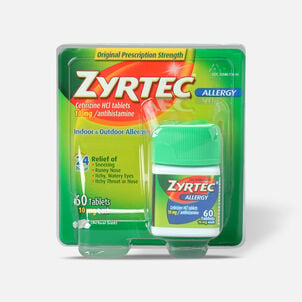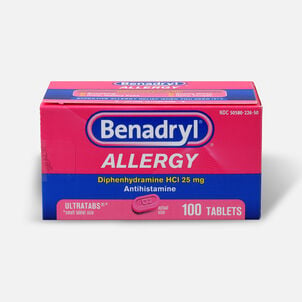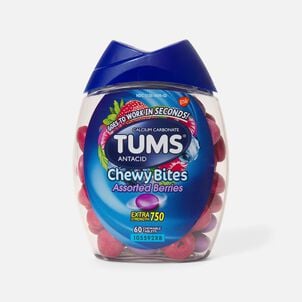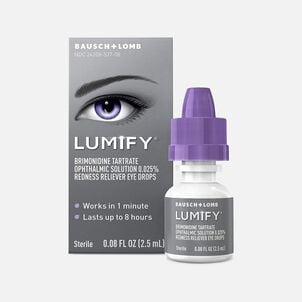New year, leftover money? Know your options

If you've never opened an FSA because of concerns that you'll lose precious cash, you're not alone. In the past, people who have FSAs need to use up all their funds in their accounts by the end of their plan year or else the money is gone.
Well, instead of completely losing your hard-earned cash, the IRS has some options to help FSA holders — the grace period or the $550 rollover. If your employer offers one of these options, it can help you in case you can't use up your FSA funds or there's a delay in getting receipts to submit in time.
Of course, there are perks as well as some warnings about using an FSA, so read on to find out what those are.
What exactly are these options?
Both options are meant to help give you some wiggle room so that your FSA funds don't go to waste. The first allows you to carry over up to $550 to be rolled into next year's FSA funds. The amount may differ depending on your FSA provider, so check with them to see what it could be.
Aside from being able to spend unused funds the next calendar year, the carryover amount doesn't count towards 2021's maximum contribution amount. For example, you decide to roll over $400 from your FSA account in 2020 and plan to contribute the maximum amount — $2,750 — in 2021. That means you'll have $3,150 in 2021 to spend on qualified healthcare expenses. Also, you can carry over $550 for more than one year, according to the IRS.
The other option your FSA provider may offer is a grace period. You may be able to have the chance to spend all of your FSA funds by March 15th next year, assuming your plan ends on December 31st. If you don't, the money you don't use will be forfeited. Technically, with the grace period, you can get qualified medical expenses reimbursed for ones you made in 2021 with your 2020 contributions.
Are there tax advantages to rolling over funds?
Technically, you aren't at a huge advantage of you roll over funds. For one, you can only contribute a maximum of $2,750 in 2021 no matter what option your FSA plan offers. However, being able to roll over up to $550 means you can spend more in pre-tax money in 2020, helping you offset healthcare costs.
As for the grace period option, the advantage would be that you get more time to submit all necessary paper to get your FSA funds reimbursed. In other words, you can make those doctor appointments or purchase eligible items up until the end of the grace period. The maximum amount you can contribute in 2021 is the same as if you have rollover option — $2,750.
What we're trying to say is that maximizing your FSA comes with tax advantages such as lowering your taxable income so it might be a good idea to consider maximizing your account.
Are all FSAs the same?
The short answer is "no." Not all FSA plans are required to offer the carryover or grace period option. Check with your FSA provider to see what their rules are. If your plan doesn't offer these choices, you'll want to spend accordingly so you don't lose the money.
-
Thank you for visiting the FSA Store Learning Center. Don’t forget to follow us for more helpful tips on Facebook, Instagram, and Twitter.
 |
| 

















